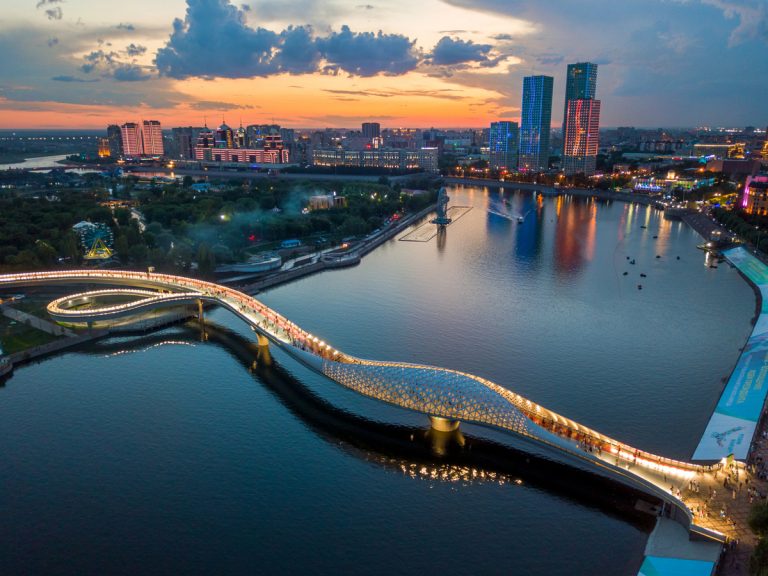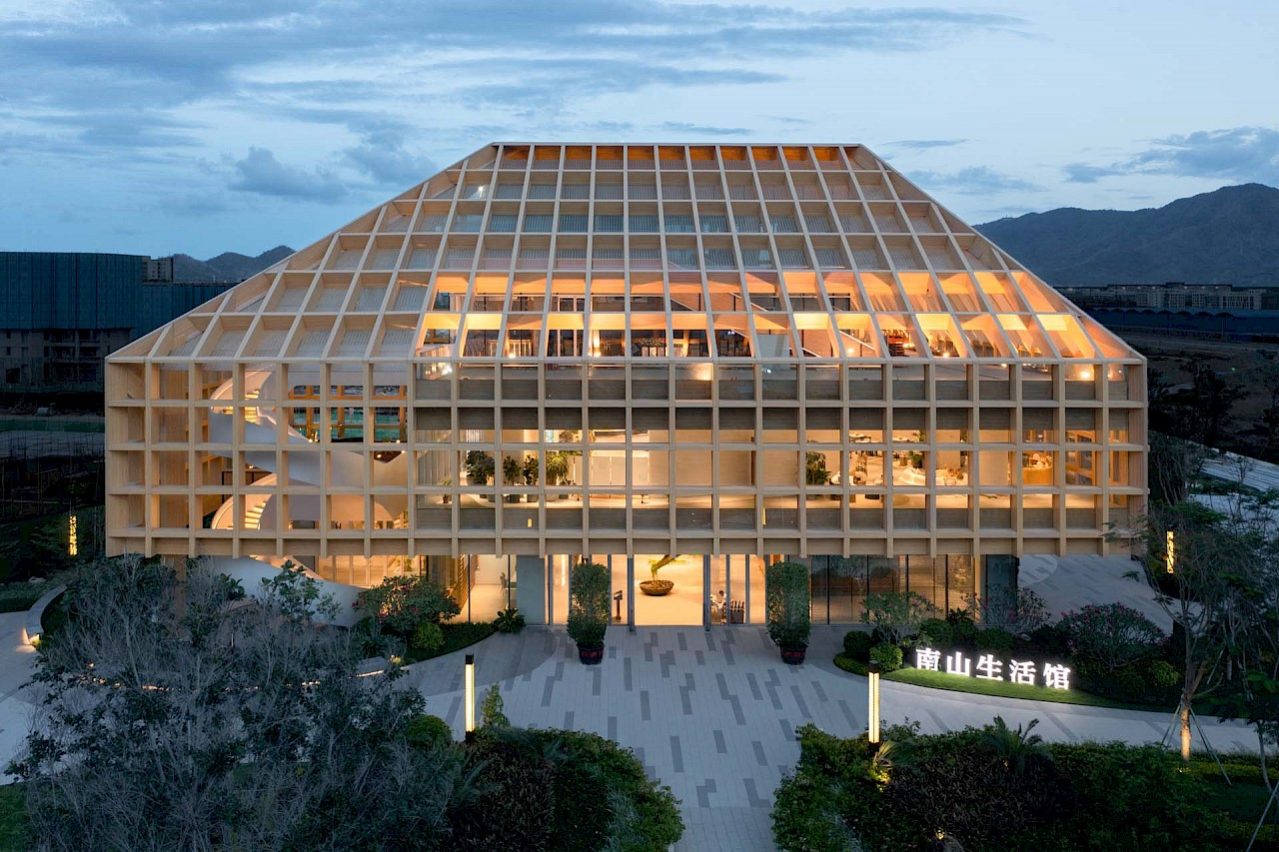
The MX3D Bridge will be relocated for further research on its WAAM capabilities. The City of Amsterdam was given a 2-year permit for the MX3D Bridge to use the busiest part of the city for testing 3D-printed infrastructure.
MX3D 3D printed the fully functional stainless steel bridge to cross one of the oldest and most famous canals in the center of Amsterdam, the Oudezijds Achterburgwal in 2021.
The MX3D 3D printed 4.5tonnes and 12-meter long stainless steel pedestrian bridge, is designed by Joris Laarman Lab, Arup is the lead structural engineer and other partners joining the project include Autodesk, The Alan Turing Institute, and the Amsterdam Institute for Advanced Metropolitan Solutions (AMS).
“The design was by far one of the most challenging tasks of the MX3D bridge project. We chose to work with Arup, as their experience with innovative projects and generative design were crucial to the project. Our collaboration became even stronger than we expected. Now Arup plays a key role in the co-development of the design method for our metal 3D printing technique ” said Gijs van der Velden in 2021.
The main feature that sets this 3D-printed bridge apart from others is its sensor network. The Alan Turing Institute was responsible for designing and installing these sensors, which provide valuable data on the bridge’s usage, such as how many people are crossing it and how quickly. This data is fed into a “digital twin” of the bridge, a living computer model that faithfully reflects the physical bridge in real time as data is collected. This technology enables researchers to better understand the bridge’s behavior and usage patterns.
“The MX3D Bridge will be moved to a new, hopefully equally inspiring, location. Here we will continue the research. We are now on the lookout for a new spot and are already in discussions with several promising locations. As soon as we know more about where and when you will be the first to know!” said MX3D.







































